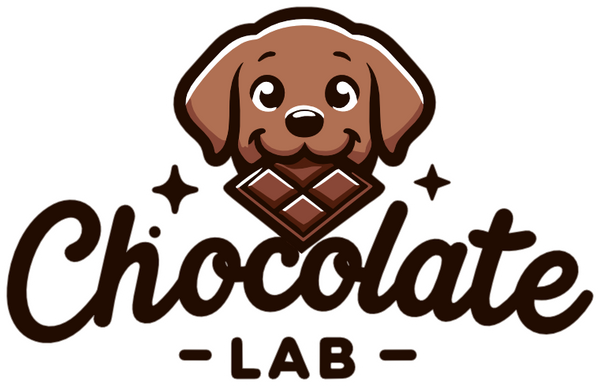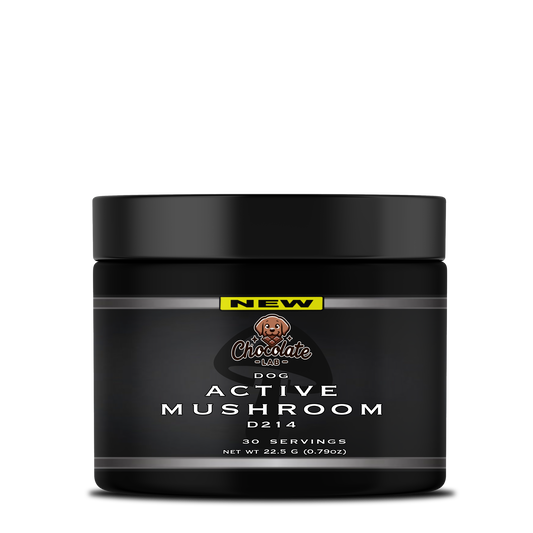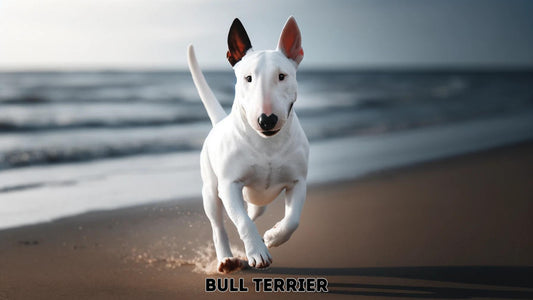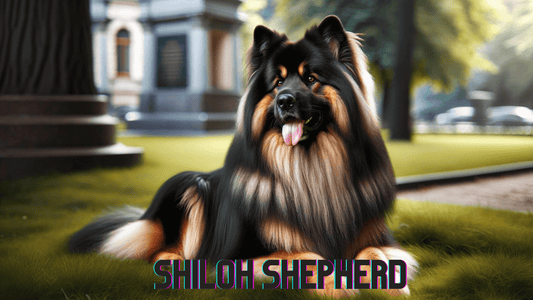Labrador Retrievers (Labradorii) are beloved for their friendly nature, intelligence, and versatility. This guide covers their history, physical characteristics, training needs, health care, and more, making it an indispensable resource for anyone passionate about this amazing breed.
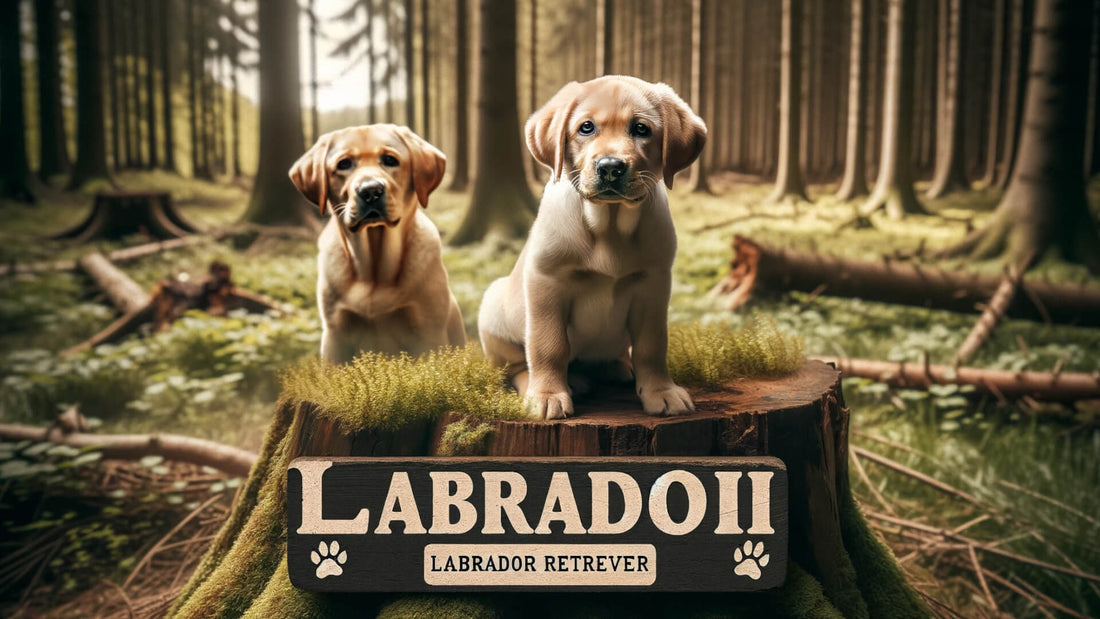
Labradorii: Labrador Retriever Dog Breed Information, Photos & Tips
"Unveiling Labradorii: The Ultimate Guide to Your Labrador Retriever's Journey"
Published on
Updated on
Discover everything about Labradorii, from their charming temperament and physical traits to training, health, and grooming needs. This comprehensive guide explores the world of Labrador Retrievers, offering valuable insights for current and prospective owners.
Labradorii Key Takeway: Comprehensive Guide to Labrador Retrievers – Traits, Care, and Training

| Key Aspect | Takeaway |
|---|---|
| Popularity and Versatility | Labrador Retrievers (Labradorii) are highly popular and versatile, suitable for various roles including family pets and working dogs. |
| Temperament and Personality | Known for their friendly, adaptable, and intelligent nature, making them excellent companions. |
| Physical Characteristics | Robust and athletic build, with a dense, water-resistant coat in black, yellow, or chocolate. |
| Training and Exercise | Require regular training and exercise for physical and mental well-being. |
| Health and Lifespan | Generally healthy with a lifespan of 10-12 years; prone to specific health issues like hip dysplasia. |
| Grooming Needs | Regular grooming needed for coat health, especially during shedding seasons. |
| Suitability as Family Pets | Excellent compatibility with families, great with children, and other pets. |
| Role as Working Dogs | Highly trainable for various roles, including therapy, service, and hunting. |
| Definition of 'Labradorii' | Labradorii: A term affectionately used to refer to Labrador Retrievers, emphasizing their unique characteristics and beloved status among dog breeds. |
1. Introduction to Labrador Retrievers (Labradorii)

The Labrador Retriever, commonly known as "Labradorii," is a breed celebrated for its friendly disposition and versatility, making it one of the most popular dog breeds in the world. Originally bred for retrieving game and fishing nets, these dogs are highly sought after for their companionship and working abilities.
- Traits: Labradorii are known for their friendly nature, intelligence, and eagerness to please.
- Adaptability: Excelling in various roles, from family pets to service and therapy dogs.
| Aspect | Detail |
|---|---|
| Size | Medium to Large, typically weighing 55-80 pounds |
| Coat Colors | Black, Yellow, and Chocolate, with a short, dense, water-resistant coat |
| Lifespan | Averages 10-12 years, with some living longer with proper care |
Quick Tips:
- For prospective Labradorii owners, consider their need for regular exercise and mental stimulation.
- They thrive in a loving environment where they can engage in regular play and activity.
- If you're considering bringing a Labrador Retriever puppy into your home, make sure to read our comprehensive guide on Labrador Retriever Puppies for essential tips and insights.
2. History and Origin of Labrador Retrievers

The rich history of Labrador Retrievers (Labradorii) begins in Newfoundland, Canada. Originally bred as working dogs for fishermen, their role evolved significantly upon their arrival in England in the 1800s. There, they were refined into the breed we know today, prized for their retrieving skills in hunting.
- Early Roles: Bred to assist in fishing tasks, their strength and swimming ability were initially their most valued traits.
- Breed Evolution: In England, their role shifted towards hunting, shaping many of the breed’s characteristics.
| Period | Development |
|---|---|
| 16th Century | Origin in Newfoundland as working dogs |
| 19th Century | Refinement in England for hunting roles |
Quick Tips:
- Understanding Labradorii's history of adaptability and hard work sheds light on their versatile nature today.
- Many potential dog owners ask, 'Are Labrador Retrievers Hypoallergenic?' Find the answer and more in our detailed article on Are Labrador Retrievers Hypoallergenic.
3. Physical Characteristics of Labrador Retrievers

Labrador Retrievers (Labradorii) are distinguished by their physical attributes, which are well-suited to their origins as working dogs. These dogs are robust and well-balanced, with a physique built for stamina and strength.
- Stature: Labradorii typically showcase a strong and athletic build, ideal for their originally intended active roles.
- Distinctive Coat: Their coats are dense, short, and water-resistant, ideal for outdoor activities and water work.
| Physical Trait | Description |
|---|---|
| Body | Strong, athletic build, suitable for various activities |
| Coat | Short, dense, and water-resistant, requiring regular grooming |
| Colors | Comes in black, yellow, and chocolate, each with a unique appeal |
Quick Tips:
- When choosing a Labradorii, consider their physical needs and space requirements.
- Regular grooming and exercise are essential to maintain their physical health and appearance.
- Discover the unique and rare Green Labrador, a color variation that's gaining popularity. Learn more in our exclusive feature, Green Labrador.
4. Temperament and Personality Traits of Labrador Retrievers

Labrador Retrievers (Labradorii) are as renowned for their temperament as they are for their physical traits. These dogs are often described as friendly, outgoing, and good-natured, making them excellent family pets.
- Sociable Nature: Labradorii are known for their friendly demeanor, making them great companions and excellent with children and other pets.
- Intelligence and Trainability: Their intelligence and eagerness to learn make them highly trainable.
| Personality Trait | Description |
|---|---|
| Affability | Known for their friendliness and approachable nature |
| Trainability | Highly responsive to training due to their intelligence |
| Energy Level | Possess a significant amount of energy, needing regular outlets for exercise |
Quick Tips:
- Early and consistent training is key to managing a Labradorii's energy and enthusiasm.
- Their sociable nature makes them great candidates for therapy and service roles.
- The Goldador, a blend of Golden Retriever and Labrador Retriever, is an excellent family pet. Read our in-depth analysis and breed profile in Goldador.
5. Training and Exercise Needs for Labrador Retrievers

The active and intelligent nature of Labrador Retrievers necessitates a consistent routine of training and exercise. These activities not only keep them physically fit but also mentally stimulated.

- Training Regimen: Regular training sessions help in harnessing their intelligence and preventing behavioral issues.
- Exercise Needs: Daily physical activities like walking, playing fetch, or swimming are essential.
| Activity Type | Requirement |
|---|---|
| Training | Regular, varied sessions to challenge their intelligence |
| Physical Activity | Daily exercise to maintain physical health and mental well-being |
Quick Tips:
- Engage your Labradorii in activities that stimulate both their body and mind.
- Consistency in training and exercise routines is crucial for their overall development.
- Interested in learning about the Newfoundland Lab Mix? Our article, Newfoundland Lab Mix, dives into the characteristics, temperament, and care needs of this unique breed.
6. Health and Lifespan of Labrador Retrievers

Labrador Retrievers generally enjoy a relatively healthy life, but like all breeds, they have certain health predispositions. Understanding these can help in providing the best care for them.

- Health Concerns: Labradors are prone to conditions like hip dysplasia, elbow dysplasia, and certain heart diseases.
- Preventive Measures: Regular veterinary check-ups and a balanced diet are essential for early detection and prevention.
| Health Aspect | Labrador Retrievers |
|---|---|
| Lifespan | Typically 10-12 years |
| Common Health Issues | Hip and elbow dysplasia, heart conditions, obesity |
Quick Tips:
- Maintain a healthy diet and regular exercise to prevent obesity, a common issue in Labradors.
- Be proactive about health screenings, particularly for joint and heart health.
- Explore the world of the Vizsla Lab Mix, a dynamic and energetic breed, by checking out our informative piece on Vizsla Lab Mix.
7. Grooming and Care of Labrador Retrievers

Labrador Retrievers (Labradorii) require regular grooming and care to maintain their health and appearance. Their dense, water-resistant coat sheds seasonally and needs consistent grooming to stay clean and healthy.
- Grooming Essentials: Regular brushing is crucial, especially during shedding seasons, to manage loose fur and maintain coat health.
- Bathing and Nail Care: Occasional baths and regular nail trims are important for overall hygiene.
| Grooming Task | Frequency |
|---|---|
| Brushing | Weekly, more often during shedding seasons |
| Bathing | Every 2-3 months or as needed |
| Nail Trimming | Monthly or as required |
Quick Tips:
- Incorporate grooming into your Labradorii's routine to make it a positive experience.
- Regular grooming not only keeps your Labrador looking great but also provides an opportunity to check for any skin or coat issues.
8. Labrador Retrievers in Families and as Working Dogs

Labrador Retrievers are renowned for their adaptability, making them excellent family pets and efficient working dogs. Their gentle nature and intelligence make them a perfect fit for various roles.
- Family Life: Labradorii are known for their compatibility with children and other pets, making them ideal family dogs.
- Working Roles: Their intelligence and trainability make them suitable for roles like therapy, service, and hunting.
| Role | Labrador Suitability |
|---|---|
| Family Pet | Highly compatible and loving |
| Working Dog | Excellent in roles like therapy and service |
Quick Tips:
- When introducing a Labradorii to a family, ensure proper socialization and training for seamless integration.
- Consider your Labrador's natural abilities and interests when exploring potential working roles or activities.
- The Red Fox Lab is known for its striking coat and loyal nature. Read more about this beautiful variant in our detailed blog, Red Fox Lab.
9. Common Questions and Answers About Labrador Retrievers

Addressing common questions about Labrador Retrievers can provide valuable insights for current and prospective owners. Understanding this breed’s needs and characteristics helps in making informed decisions about their care.
| FAQ | Answer |
|---|---|
| Do Labrador Retrievers (Labradorii) bark a lot? | Labrador Retrievers are generally not excessive barkers, but they may bark for attention or when excited. |
| What is the calmest breed of Labrador Retrievers (Labradorii)? | Calmness can vary within the breed, but many find that yellow Labradors are often more laid-back. |
| Do Labrador Retrievers (Labradorii) shed a lot? | Yes, Labrador Retrievers shed, especially seasonally, and require regular grooming. |
| What are the pros and cons of owning a Labrador Retriever (Labradorii)? | Pros: friendly, intelligent, trainable. Cons: high exercise needs, potential for health issues like hip dysplasia. |
| Do Labrador Retrievers (Labradorii) ever get aggressive? | While generally friendly, any dog can show aggression if poorly trained or in stressful situations. |
| Do Labrador Retrievers (Labradorii) ever calm down? | Labrador Retrievers usually mellow out around 2-3 years of age but remain active. |
| How big do Labrador Retrievers (Labradorii) get when fully grown? | They typically weigh 55-80 pounds and reach about 21-24 inches in height. |
| What is the typical size of adult Labrador Retrievers (Labradorii)? | Adult Labradors usually stand about 21-24 inches tall and weigh 55-80 pounds. |
| Are silver Labrador Retrievers (Labradorii) challenging to train? | Silver Labradors, like all Labradors, are generally easy to train due to their intelligence and eagerness to please. |
| Is a 1-year-old Labrador Retriever (Labradorii) still considered a puppy? | At 1 year, they are transitioning to adulthood but may still exhibit puppy-like behavior. |
| Can Labrador Retrievers (Labradorii) cry emotionally? | Dogs, including Labradors, can show emotions, but they do not cry tears due to emotions like humans. |
| Why do Labrador Retrievers (Labradorii) tend to sleep a lot? | Labradors, especially as they age, may sleep more due to their size and energy levels. |

Quick Tips:
- Explore our FAQ section for more in-depth answers about Labrador Retriever care and training.
- Understanding your Labrador's needs and temperament is key to a happy and healthy life together.
10. Conclusion: Why Labrador Retrievers Make Excellent Companions

In conclusion, Labrador Retrievers, or Labradorii, are exceptional companions due to their versatile nature, friendly disposition, and intelligence. These traits make them well-suited for a variety of roles and living situations.
- Companion Qualities: Labradorii are known for their loyalty, affection, and adaptability, making them great companions for individuals and families alike.
- Overall Appeal: Their ability to fit into various lifestyles, combined with their trainable nature, makes them a popular choice worldwide.
| Aspect | Benefit |
|---|---|
| Temperament | Friendly, adaptable, suitable for families and work |
| Trainability | High, making them ideal for various roles and activities |
Quick Tips:
- Labradors are a great choice for those seeking an active, affectionate, and intelligent dog.
- Consider their exercise and grooming needs to ensure a harmonious and fulfilling relationship.
